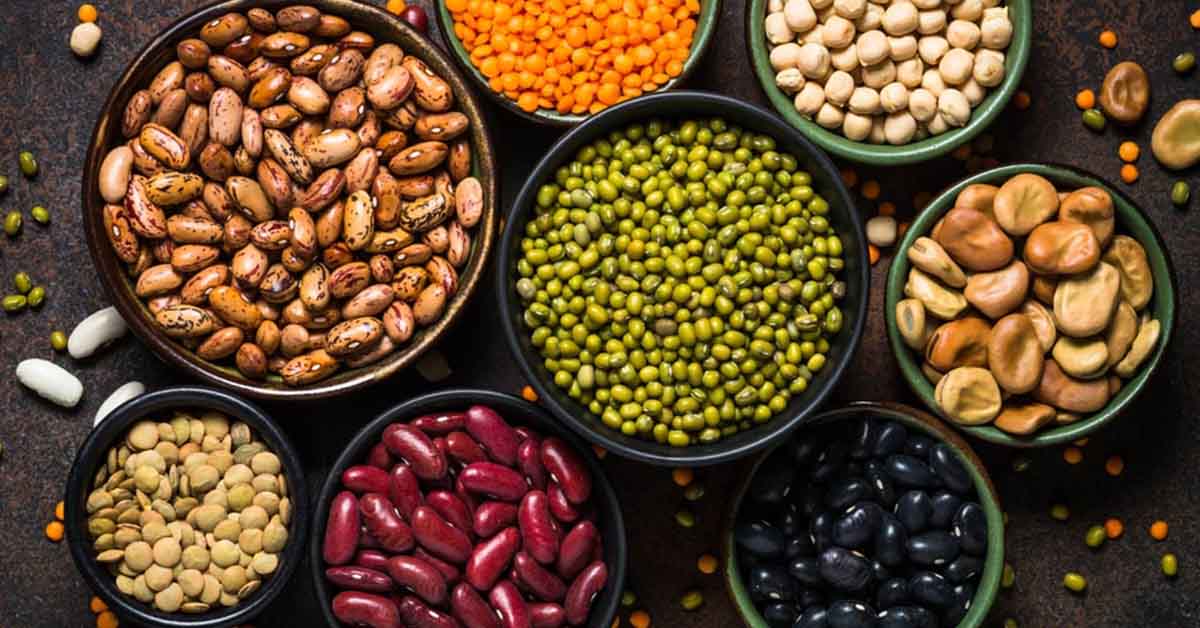It is common knowledge among allergists that patients with peanut allergy can often be sensitized to other legumes. A French study published in the journal Pediatric Allergy and Immunology provides some insight, and the numbers are concerning.
The consumption of legumes such as lentils, peas, soy, beans, lupine, and fenugreek is increasing due to their health benefits. They are typically low in fat, contain no cholesterol, and are high in folate, potassium, iron, and magnesium. A good source of protein, legumes can be a healthy substitute for meat, which has more fat and cholesterol.
In France, legumes are responsible for 14.6% of food-related anaphylaxis reactions in children.
The study, entitled “Relevance of sensitization to legumes in peanut-allergic children”, was designed to determine the prevalence of sensitization and allergy to other legumes in children with peanut allergy and to determine the severity of these allergic reactions.
The researchers recruited 195 study participants ages 1-17 from the Pediatric Allergy Department of France’s Nancy University Hospital with recruits having been admitted due to peanut allergy diagnoses from January 2017 to February 2020.
The investigators confirmed peanut allergy in two ways: either a positive oral food challenge (OFC) to peanuts or a history of allergy associated with peanuts. They collected the patients’ data from medical records retrospectively after obtaining the necessary consent.
The data they analyzed included:
- Demographic and social characteristics;
- History of peanut allergy;
- Atopic comorbidities;
- Legume co-sensitization or coallergy, including OFC, skin prick test (SPT), prior reaction, specific immunoglobulin E (sIgE).
By analyzing consumption, sensitization, and allergic reaction, each patient’s allergic status to the legumes under study was able to be evaluated by the investigators.
Among the 195 included children with peanut allergy, 122 were sensitized to at least one other legume (63.9%). Main sensitizations were for:
- fenugreek (66.3%)
- lentil (42.2%)
- soy (39.9%)
- lupine (34.2%).
Among the 122 sensitized children, allergy to at least one legume was confirmed for 34 children (27.9%), including six children who had multiple legume allergies (4.9%). Lentil, lupine, and pea were the main responsible allergens. Half of the allergic reactions to legumes other than peanut were severe.
The researchers concluded that the high prevalence of legume sensitization and the frequent severe reactions reported in children with peanut allergies highlight that tolerated consumption should be explored for each legume, and sensitization should be investigated when a legume is not tolerated.
- Study Suggests High Degree Of Sensitization, Severe Reaction To Other Legumes In Children With Peanut Allergies — HCP Live
- Beans and other legumes: Cooking tips — Mayo Clinic
- Relevance of sensitization to legumes in peanut-allergic children — Pediatric Allergy and Immunology





